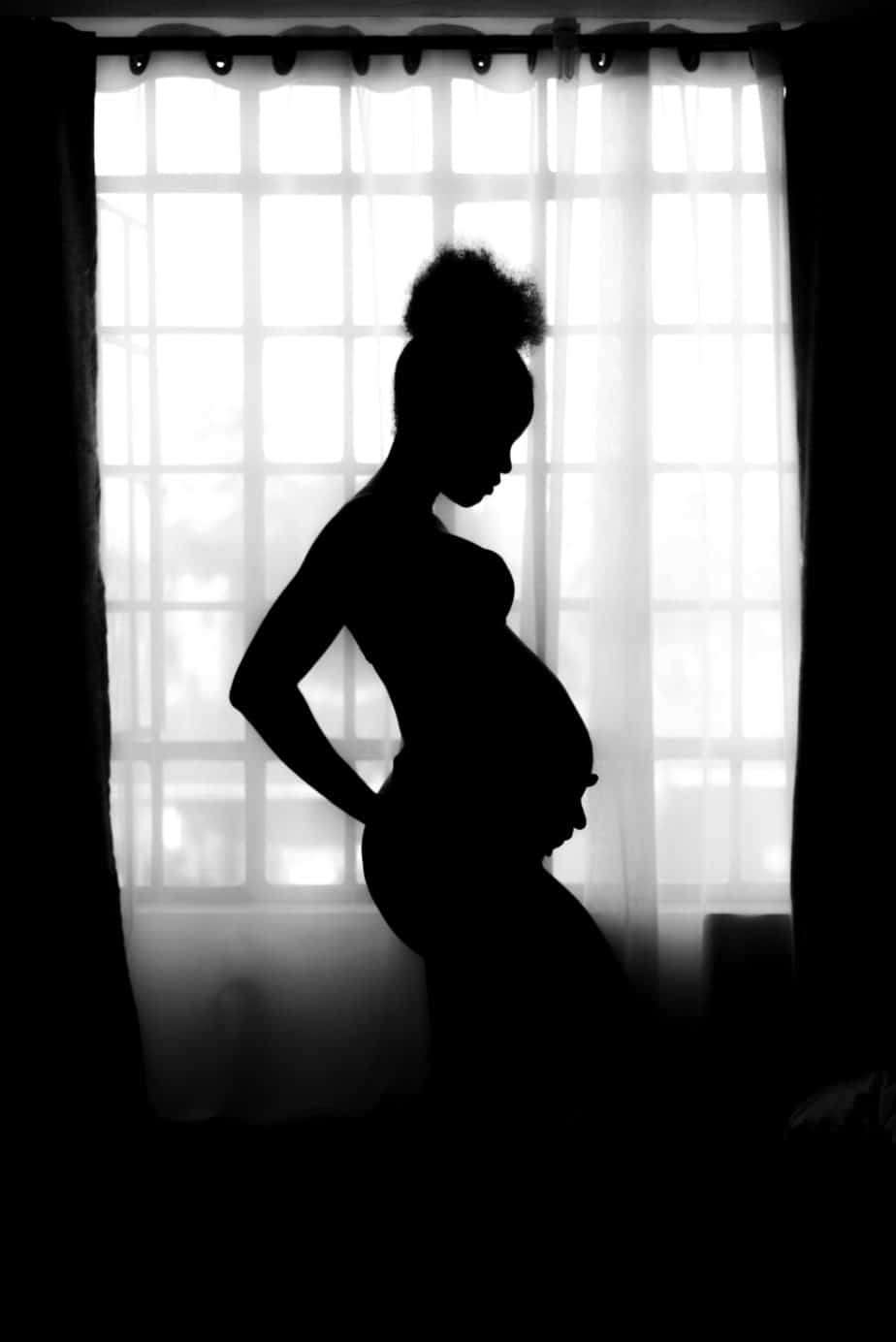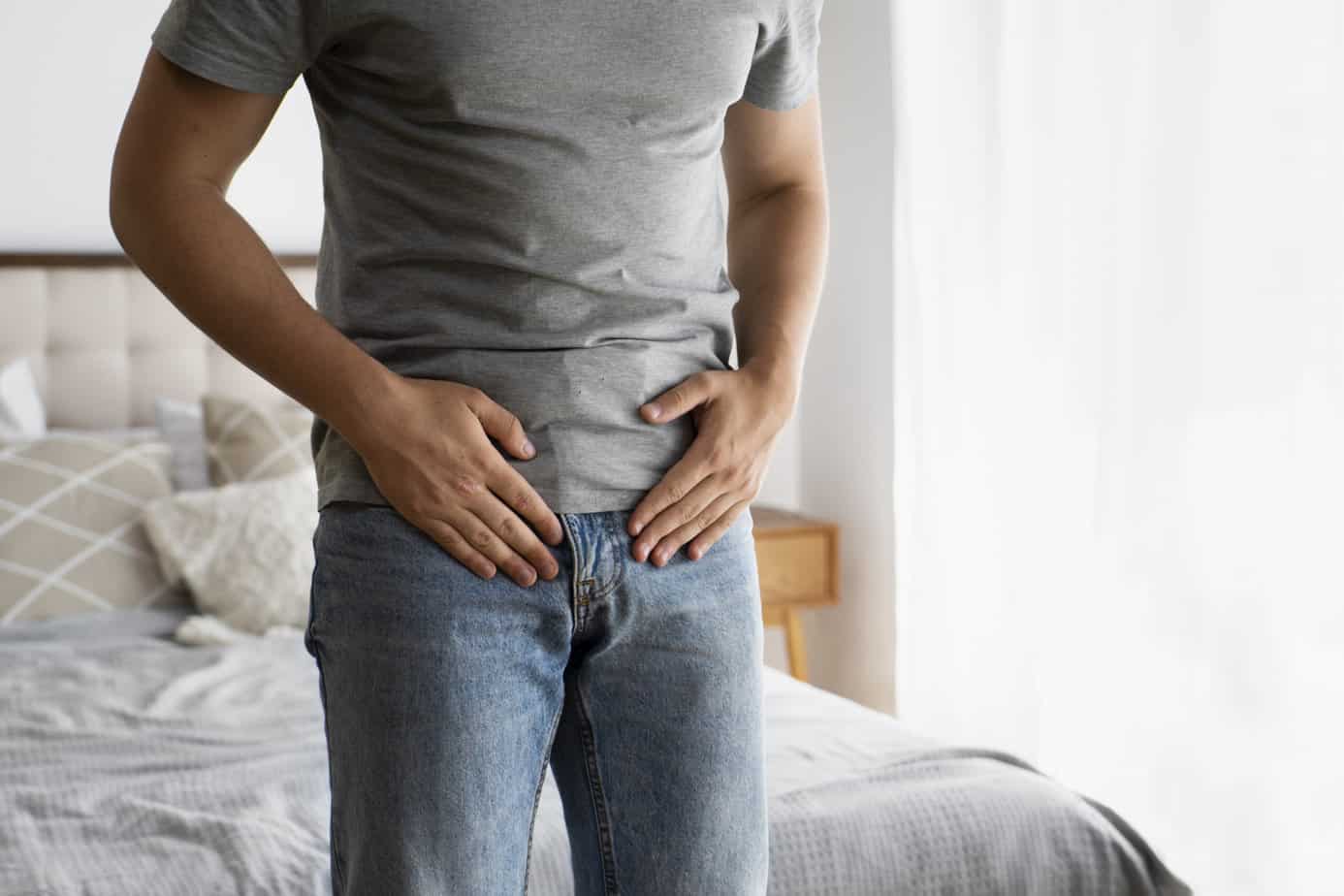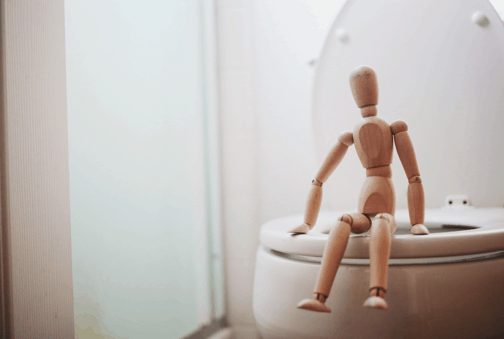Low Pressure Fitness for Bladder Conditions

Low pressure fitness, or hypopressive, training is an exercise method that includes postural movements and a specialized breathing technique. It was developed in the 1980’s in Europe initially to help treat pelvic organ prolapse and urinary incontinence. Since then, this exercise technique has jumped in popularity and uses. Similar to yoga and Pilates, in that it requires specialized training to learn the postures, flow and breathing technique (apnea), this training technique should be done under the supervision of a trained professional.
How does Low Pressure Fitness work?
It decreases pressure in the abdominal, pelvic, and thoracic cavities. Hypopressive training activates the local and deep stabilization muscles of the body. This exercise method improves tone, strength, and function of the abdominal and pelvic floor muscles. Through training, individuals develop a deeper understanding of their posture, their motor control, and their breath. The participant may feel increased tension within the pelvic floor during the hypopressive apnea and after each training session may feel improved awareness of their breathing and notice breath holding patterns or bad posture habits that can all then be worked on to reduce.
Common Conditions Treated
- Pelvic Organ Prolapse
- Postpartum Recovery
- Urinary Incontinence
- Hernia
- Back Pain
- Diastasis Recti Abdominis
Benefits include:
- Postural improvement, including normalizing spinal curves of kyphosis or lordosis
- Waist circumference reduction
- Prevent and treat urinary incontinence, hernias, pelvic organ prolapse
- Improve blood flow to pelvis and lower limbs
- Improve intestinal movement
Treatment Protocol
The therapist guides you through a 20-30 minute exercise session 2 times per week for 5 weeks. She will teach you postural and breathing patterns to ensure maximum benefit. Following that, you are able to do this routine daily. The best thing about low pressure fitness is that it can be done anywhere with floor space and does not require special equipment.
The appearance of the hypopressive apnea is what many people associate hypopressives with (the abdominal vacuum). This is used throughout many postures and is a integral part of hypopressive training. The flow of specific postures was developed to improve posture and body alignment while also improving the recruitment of deep core muscles. Postures create space between joints, improving tone and strength of key muscle groups.
Are there individuals that shouldn’t perform hypopressive apneas?
The breath holding comes only after the correct posture is achieved. While there are no medical contraindications to low pressure fitness, there are some contraindications when performing the hypopressive apnea and it is not recommended for people with high pressure, heart disease, COPD, cancer, fibromyalgia or during pregnancy. Women with an IUD can still perform hypopressive apneas but under physician supervision.
Questions?
Call us at 212-233-9494 or email frontdesk@bodyharmonypt.com with question and concerns. Our treatment and training sessions are all one hour long and are on a one to one basis with a trained professional. Our treatment sessions are all held in private treatment rooms. Collectively we have over 25 years of experience.







